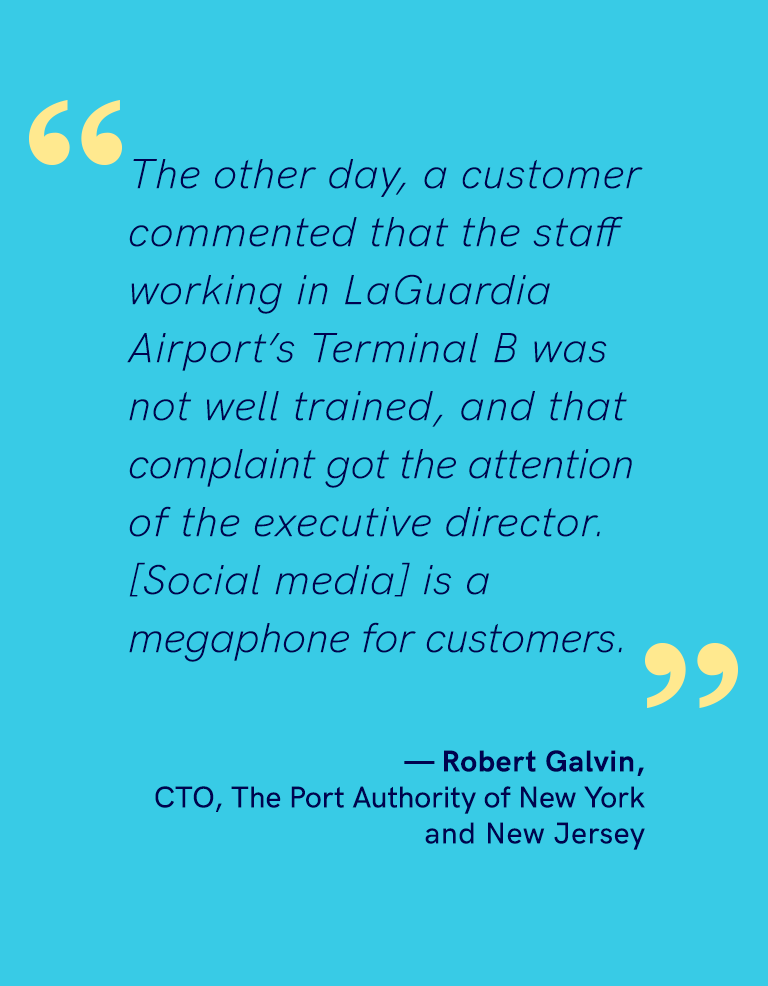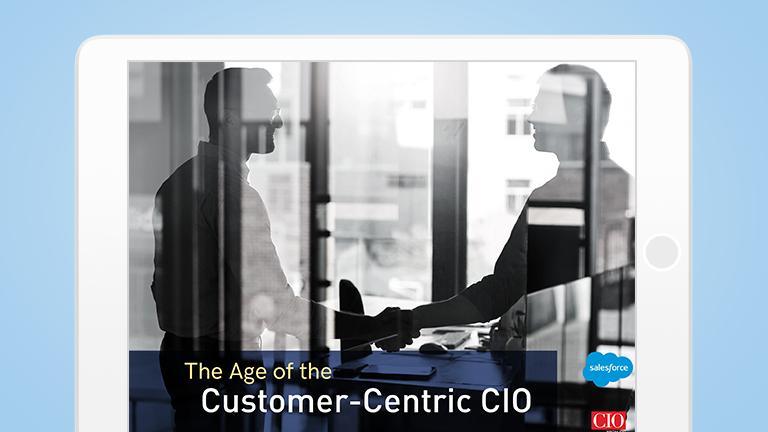The Age of the
Customer-Centric CIO


CIO.com delivers the latest tech news, analysis, how-to, blogs, and video for IT professionals.
Chapter 1: Say Goodbye to Silos
In most organizations, it’s not uncommon to have multiple systems managing customer- related data, whether they include a mix of CRM systems purchased by independent departments or a collection of legacy, homegrown databases that still manage to do the trick. Decades of this kind of departmental software procurement have produced gigabytes, if not terabytes, of data that is strewn across disparate systems with little to no visibility between them.
Without a unified view of the customer, organizations can’t deliver the kinds of seamless experiences and personalized interactions that customers expect today. Whether it’s for a retail purchase from Amazon or a corporate office supply order, today’s buyers expect vendors to have a complete history of past transactions, preferences, and service interactions at their fingertips so the vendors can serve up product recommendations, proactively initiate replenishment orders, or schedule preventive maintenance service. If an interaction takes too long or has incomplete information, customers will get easily frustrated and move on to the competition. Salesforce Connected Customer Research 2018 found that 57% of customers stop buying from a company because they found a competitor offering a better experience and that for 70% of the respondents, contextualized engagement based on earlier interactions is extremely important to winning their business.
To put an end to existing silos, CIOs need to make the case for a single platform that spans Sales, Service, and Marketing and that can integrate and centralize all customer-related data. IT organizations have historically used point-to-point connections to sync up individual applications, but the approach is fragmented, costly, and inefficient. Although many firms have ramped up use of APIs to scale integrations, that strategy also has its share of headaches, most notably a skills gap of experienced talent. Among the respondents to the Salesforce Connected Customer Research 2018, 89% said integration challenges were hindering digital transformation.
For many organizations, it’s impractical to scuttle any existing technology already in place and start over. But there are options for working across those systems—for example, organizations can deploy AI and analytics that work across multiple solutions, versus separate business intelligence systems for Sales, Accounting, Production, and so on. In fact, many organizations have found that it’s getting easier to tie systems together through integration technology to provide a more holistic view of the customer.
Robert Galvin, chief technology officer at The Port Authority of New York and New Jersey, says that for years the agency was stymied by a mix of manual processes and disconnected systems that served the individual entities but weren’t integrated. Now, with a single platform used for high-level case management across the divisions, the port authority can track correspondence with key constituents while making sure questions and problems get resolved in a timely fashion. Going forward, the agency plans to integrate its social media interactions as part of that single customer platform.
“The other day, a customer commented that the staff working in LaGuardia Airport’s Terminal B was not well trained, and that complaint got the attention of the executive director,” Galvin says. “[Social media] is a megaphone for customers.”
The Age of the Customer-Centric CIO
overview
Chapter 1
Chapter 2
Chapter 3
Chapter 4
Chapter 5
Want to read the full report?
Questions? We’ll put you on the right path.







